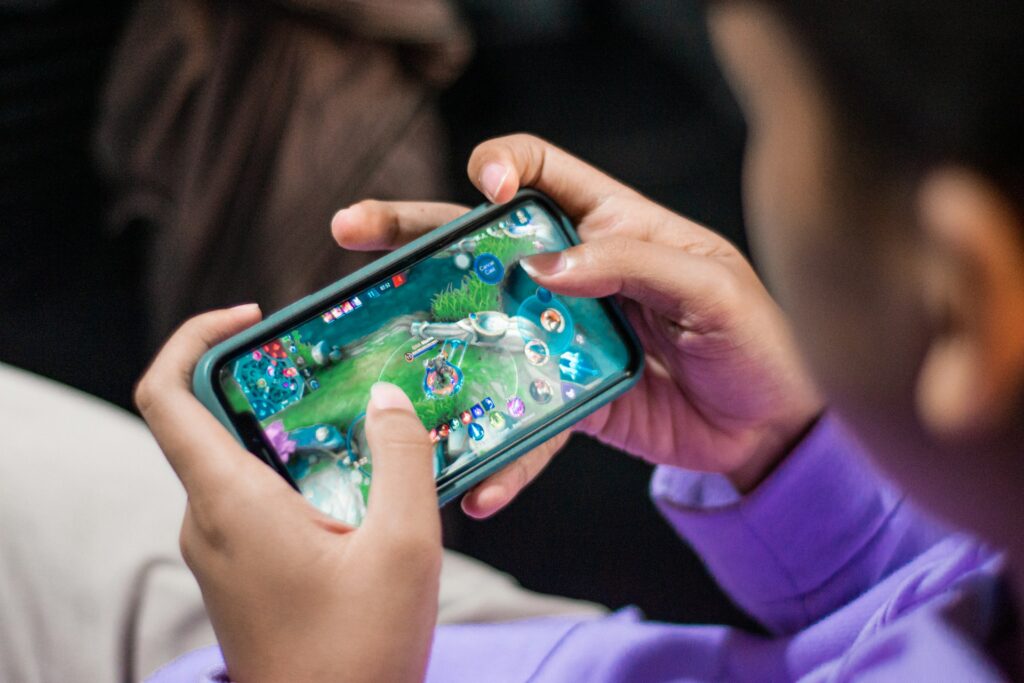Mobile gaming has revolutionised the way we interact with games in general. What was once a niche hobby is now something most of us do daily. But mobile gaming hasn’t just changed where we play, it’s transformed how we play, who plays, and what kind of games we’re drawn to. If you haven’t noticed the shift, it’s about time you did.
The rise of mobility
The story of mobile gaming began with something simple: Snake on a Nokia. It wasn’t anything flashy, but it was enough to keep you entertained. Fast-forward a decade, and gaming has exploded on smartphones. Suddenly, games were no longer confined to expensive consoles or PCs. The availability of powerful devices in your pocket suddenly opened up a world of possibilities.
Smartphones have become the ultimate gaming tool, with high-definition graphics, touchscreens, and powerful processors that were once found only in gaming systems. The App Store and Google Play turned the tables, making game discovery and installation just a tap away. The most popular games became household names, and companies saw that there was a huge market just waiting to be tapped. Today, mobile gaming generates billions of pounds globally, and it’s not slowing down.
Changing player preferences
If you’ve picked up a mobile game in the last few years, you’ve probably noticed the shift in habits. Gone are the days of spending hours on a console (well, at least for some). Today, most people fit their gaming sessions into everyday life. Mobile gaming has become something you do on your own terms.
Mobile games also cater to a wider audience. You’re no longer just playing for the high score; you’re also playing for fun, social interaction, or even a little escape from the daily grind. Plus, the freemium model, where games are free to play but offer in-app purchases, has made it easier for casual gamers to dive in without worrying about investing a lot upfront.
The social aspect
You’ve probably also noticed that mobile gaming isn’t a solitary affair anymore. From multiplayer to shared experiences in virtual spaces, they have become a way to connect with others. And it’s not just about the games; it’s about the communities that have sprung up around them.
They often incorporate social elements, from leaderboards to sharing achievements on social media. In fact, some games are practically built on the idea of creating a digital space where players can meet and compete. Today, games blend social interaction with gameplay; Chatting with fellow players, competing for the top spot on the leaderboard, it’s as much about the experience as it is about the playing itself.
New genres and innovation
Innovation in this genre hasn’t just been about improving graphics or gameplay. It’s about the rise of new genres, too. Mobile devices have introduced a whole range of game types that you’d never find on a console. Battle royale games, puzzle games, and even quick 10-minute strategy games have found a much-welcomed niche.
But it’s not just about novelties, it’s also offering a convenient way to play popular classic titles like Bingo 75 wherever you are. A perfect example of how mobile games take traditional concepts and adapt them to the new world of on-the-go gaming, making use of touch controls and social aspects that wouldn’t work in a traditional bingo hall.
Future challenges
As the mobile sector continues to grow, so do the challenges. Developers face the task of ensuring their games remain engaging while maintaining privacy and security standards. The rise of in-app purchases has led to concerns about protecting younger players, while government regulations are starting to scrutinise mobile gaming practices more closely.
But with new technologies on the horizon, such as 5G and augmented reality (AR), mobile gaming has a bright future. These advancements promise faster, more immersive experiences that could change the landscape again.
As the tech evolves, so too will the way we game on the go. And it’s only going to keep evolving. So, next time you pull out your phone to play, know that you’re part of a revolution.

